Project Profile: Vir-Clar Farms
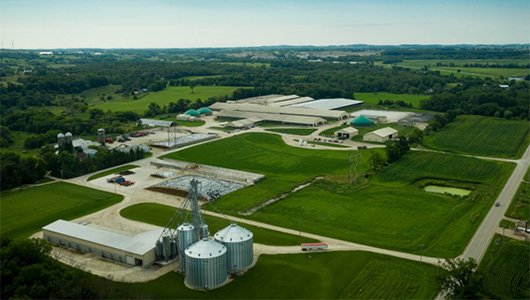
Photo Credit: Vir-Clar Farms
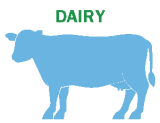

Key Features


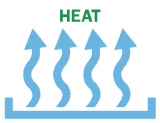

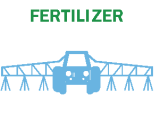
Highlights
- Generated electricity powers the farm and 800 area homes
- Waste heat is used to heat digester
- Benefits include removal of phosphorus from the watershed and reduced odor from the farm
Vir-Clar Farms is a 2,000-cow dairy farm in Fond du Lac, Wisconsin. The farm has been operating an anaerobic digestion (AD) system and generating electricity since 2004. The digester was added to improve odors and reduce the amount of phosphorus applied to the land.
Overview
“The chance to sell renewable energy and significantly reduce our greenhouse gas emissions reflected our belief in environmental responsibility.”
– Gary Boyke, Vir-Clar Farms
Vir-Clar Farms is a family-owned dairy farm that’s been in operation since 1949. The size of the herd has steadily grown over the decades. The farm installed its original digester system in 2004, which included two Biogas Direct, LLC digester tanks and a 350-kW engine-generator set used to generate electricity. In 2013, the farm upgraded the system to include an additional digester tank, designed by Northern Biogas, and a second genset to increase their generating capacity to 750 kW. The farm sells all electricity generated to Alliant Energy under a sell-all contract. The facility also uses waste heat from the engine to heat the digester, the separator room, and water for the calves. The waste heat also supplies in-floor heating in the calf barn. The farm uses digested solids for livestock bedding and sells excess solids to a local farm and a potting soil facility.
About the Digestion System
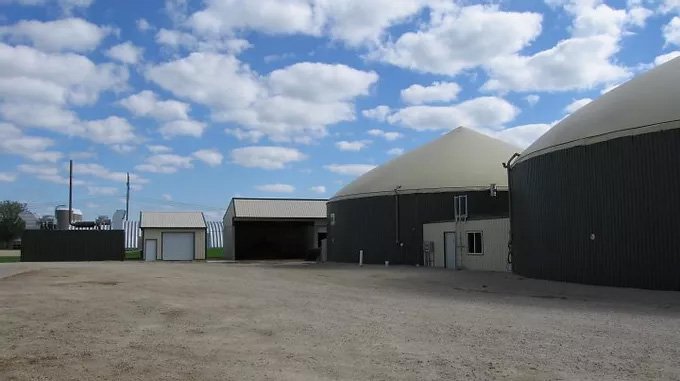
Photo Credit: Vir-Clar Farms
Vir-Clar Farms continuously scrapes the manure from its barns and transfers it into three above-ground digester tanks with flexible dual membrane covers. Manure is mixed and heated in the tanks, which have about a 30-day retention time. Once fully processed, the effluent flows by gravity to a solids separator for moisture removal. A conveyor transfers the remaining solids to a storage pile. Liquid effluent from the solids separator is recirculated to the digester tanks, along with other organic wastes from the farm (e.g., bunker wastes and waste feed), to be mixed with incoming manure.
The facility uses a passive hydrogen sulfide removal system to clean the biogas before feeding it into one of two gensets. The gensets have a combined capacity of 750 kW.
Benefits
Vir-Clar Farms advances sustainability in the following ways:

- Protects human health by reducing pathogens in manure through the anaerobic digestion process
- Improves quality of life in the community by reducing odor

- Reduces methane emissions from livestock manure
- Offsets the use of fossil fuels
- Creates a nutrient-rich fertilizer which can be used to reduce the use of petrochemical fertilizers
- Removes phosphorus from the local watershed

- Generates revenue through electricity sales
- Reduces operating costs by creating heat, bedding, and fertilizer, which can all be used on site
- Generates revenue through the sale of excess manure solids as fertilizer
System Design Properties
| Property | Value |
|---|---|
| Feedstock Processed | Dairy cow manure, other on-farm wastes |
| Digester type | Complete mix |
| Population Feeding Digester | 2,000 dairy cows |
| Baseline System | Storage lagoon |
| System Designer and Developer | Biogas Direct, LLC (original system), Northern Biogas (expansion) |
| Biogas Uses | Cogeneration |
| Digestate Use | Fertilizer, bedding, potting soil |
| Generating Capacity | 750 kW |
System Financing
In 2003, Vir-Clar Farms applied for United States Department of Agriculture (USDA) funding and received a grant totaling $299,580 from USDA’s Renewable Energy Systems and Energy Efficiency Program, which covered part of the cost of its original AD system.
Want to learn more?
Read more about the farm and its history on the Vir-Clar Farms website.
Pursuant to 5 CFR § 2635.702(c)(2), names are displayed here as the result of recognition for achievement given under an agency program of recognition for accomplishment in support of the agency’s mission. Any reference to a specific company or commercial product or service by trade name, trademark, manufacturer, company, or otherwise does not constitute or imply the endorsement or recommendation of EPA. Reviewed December 2021
